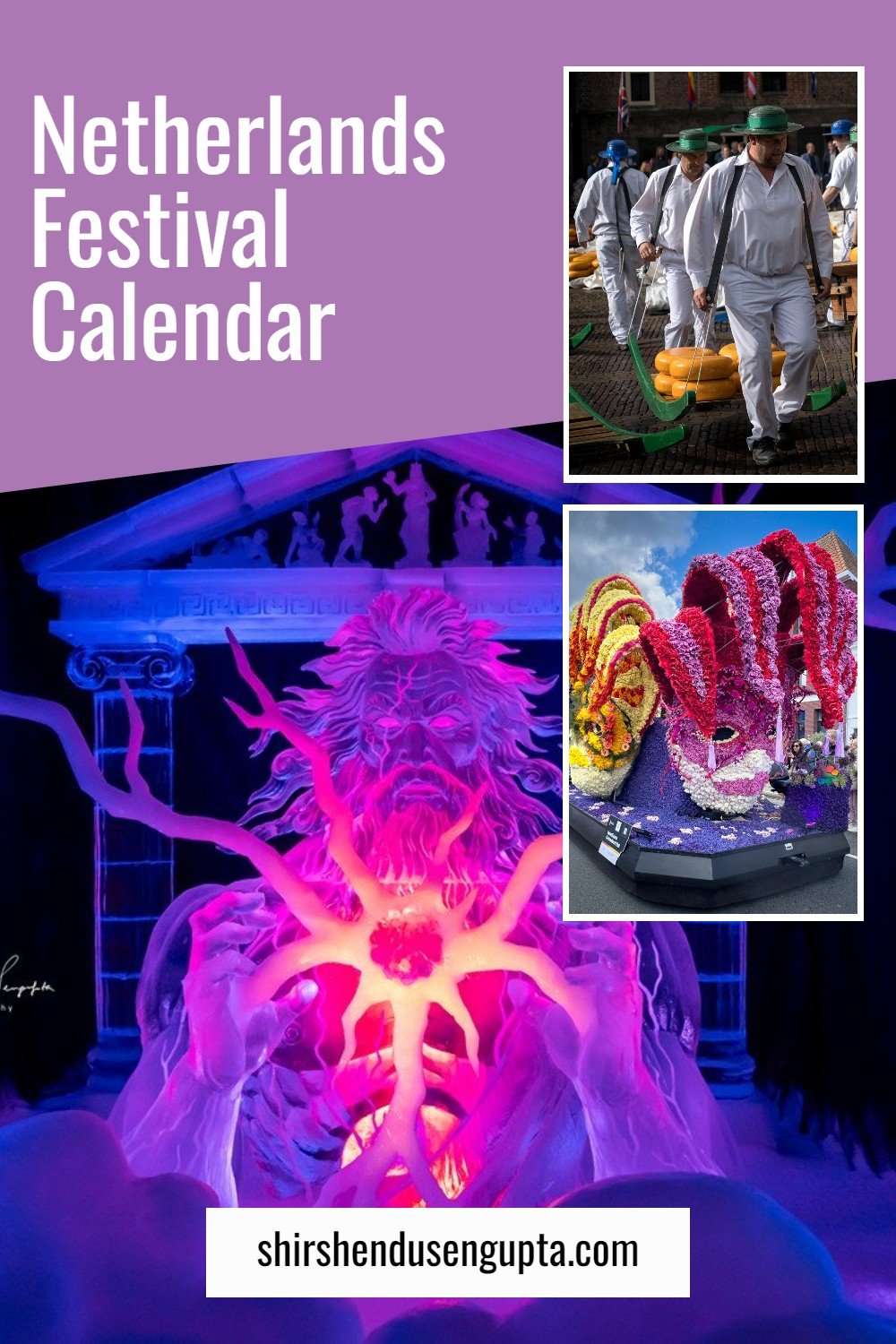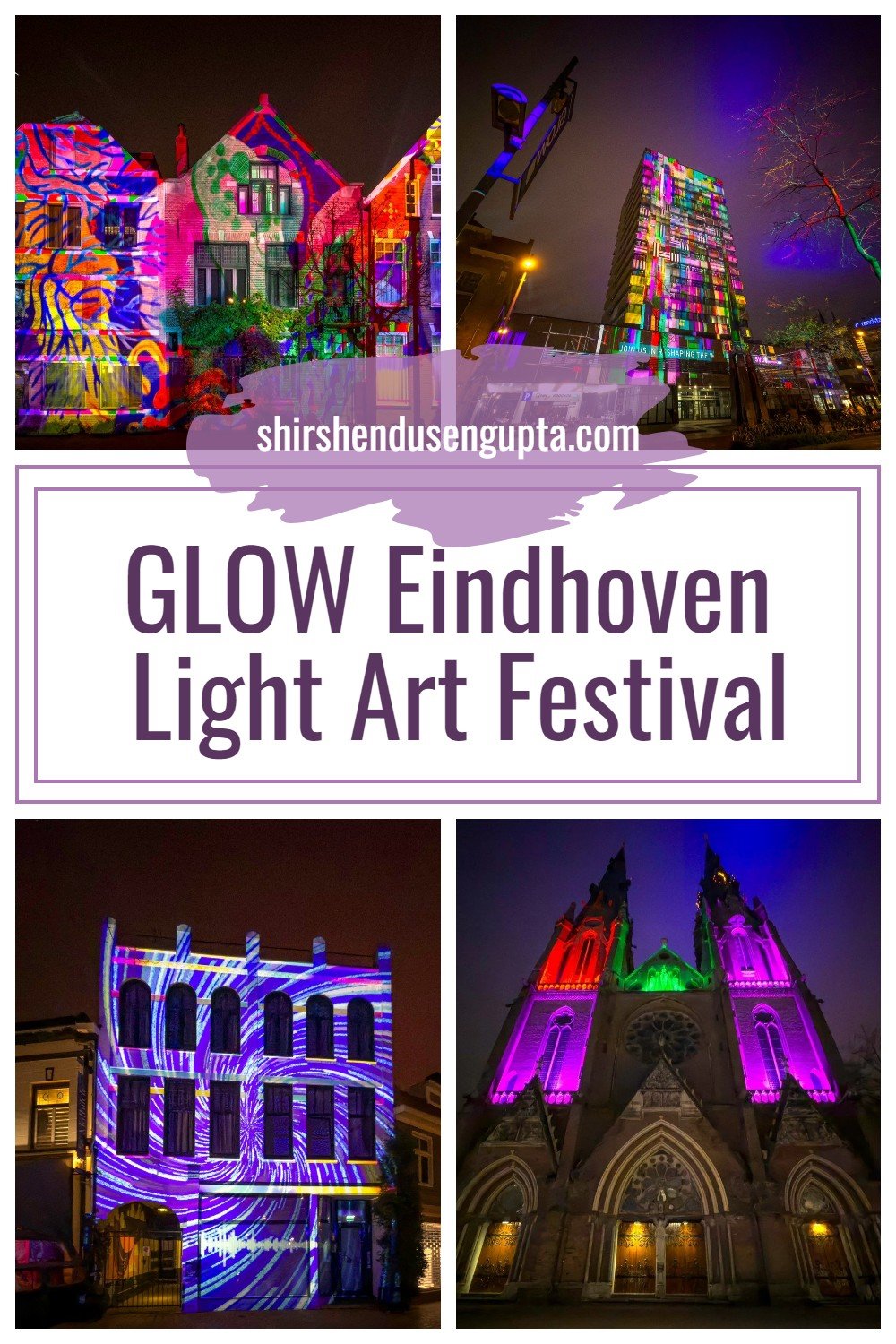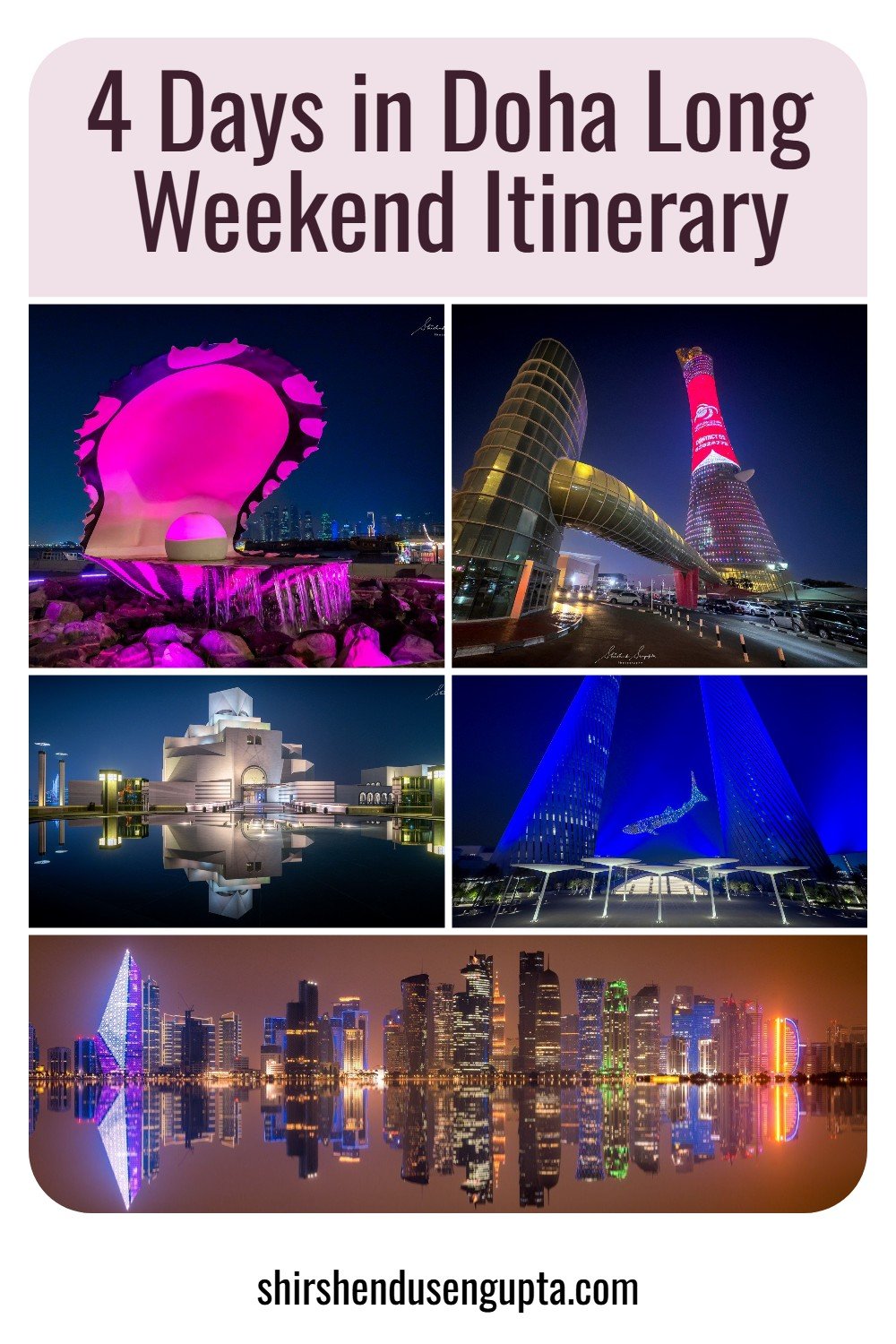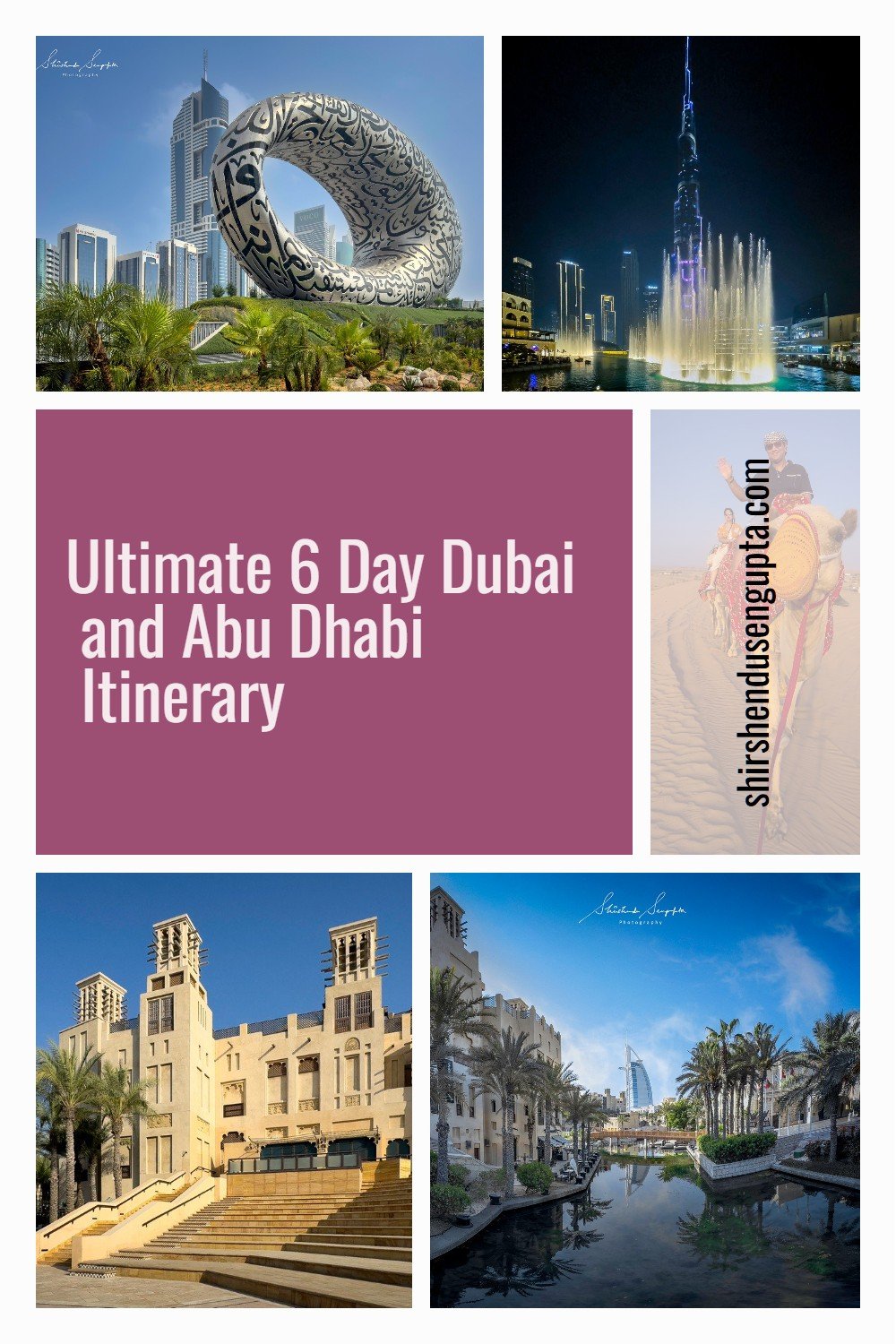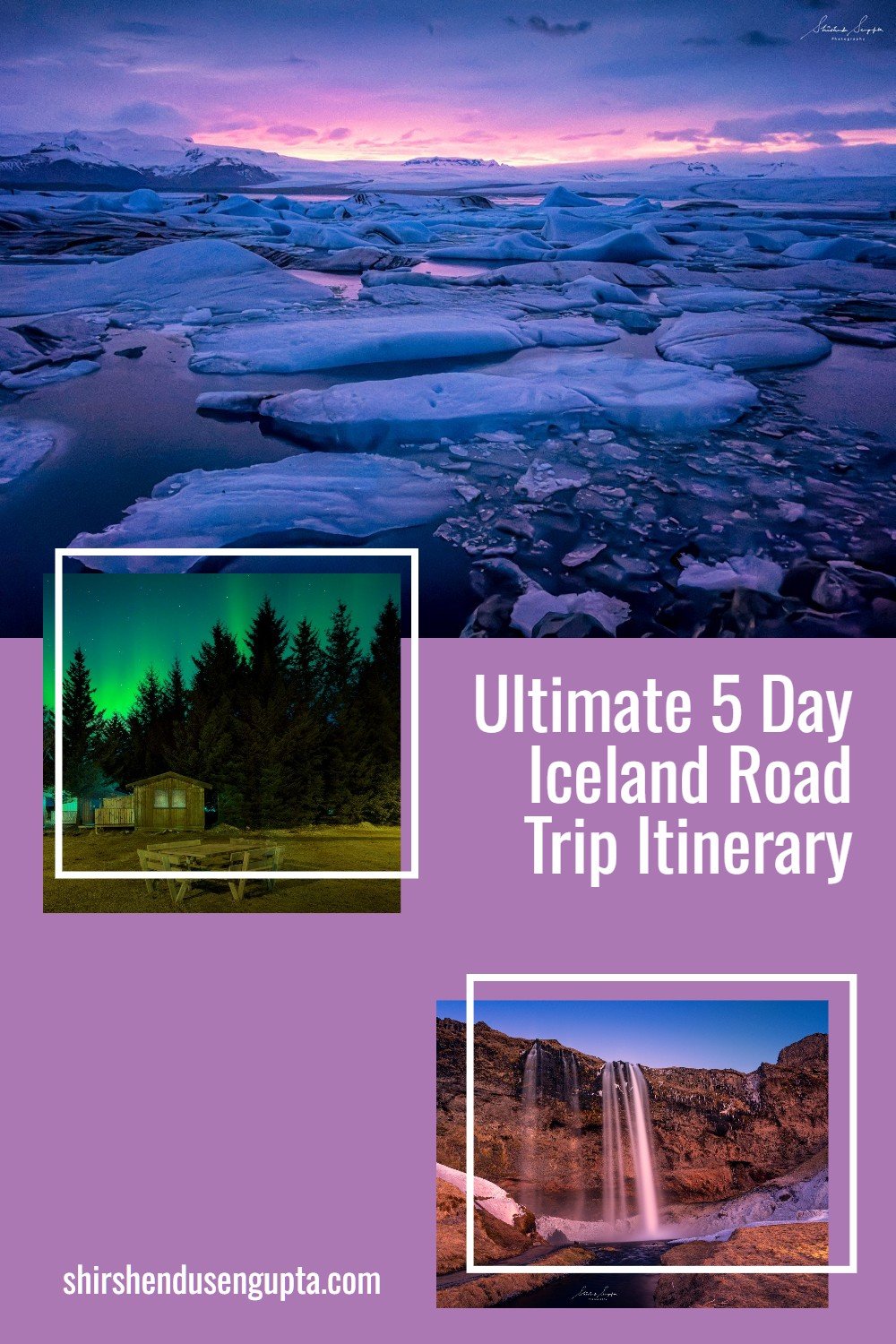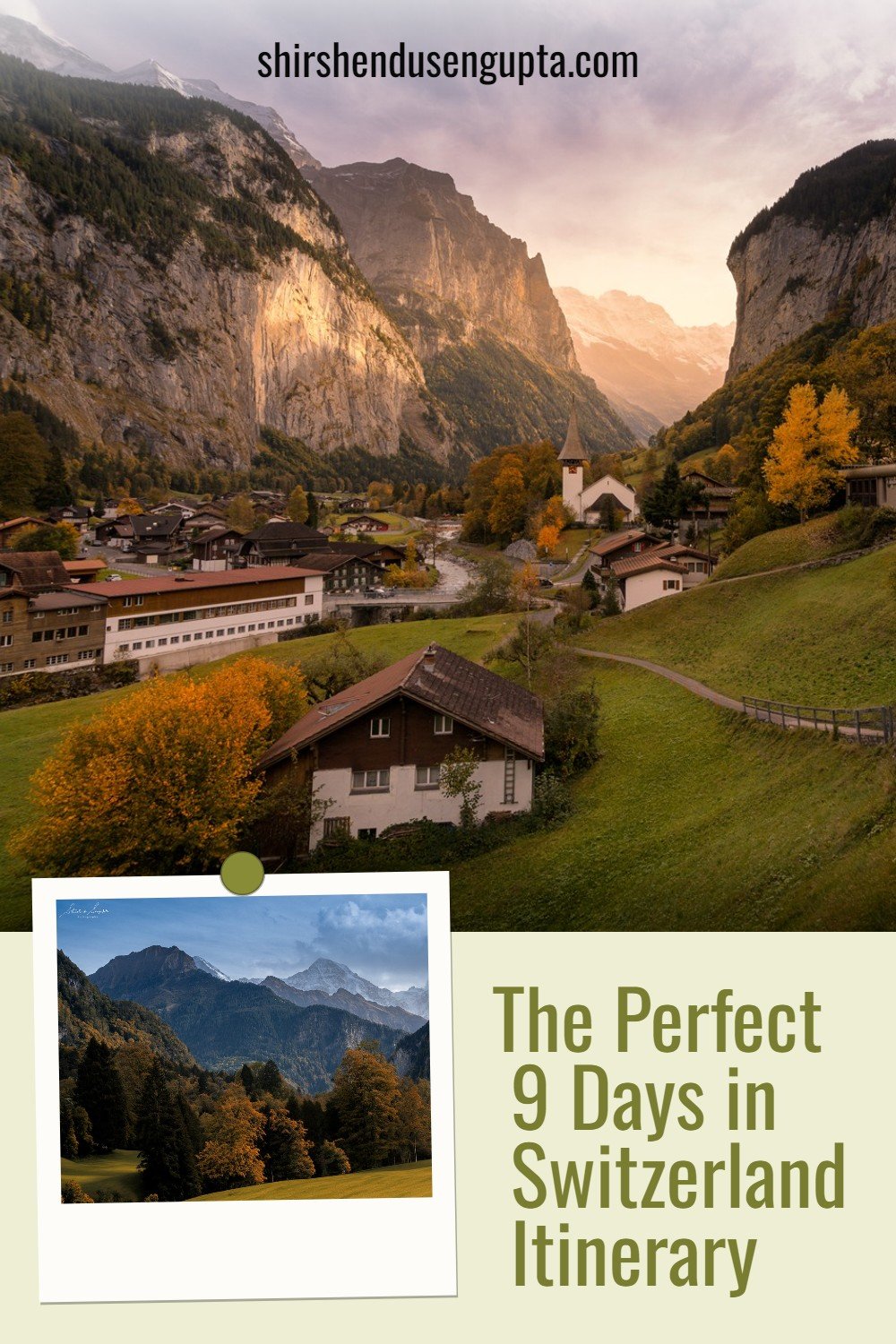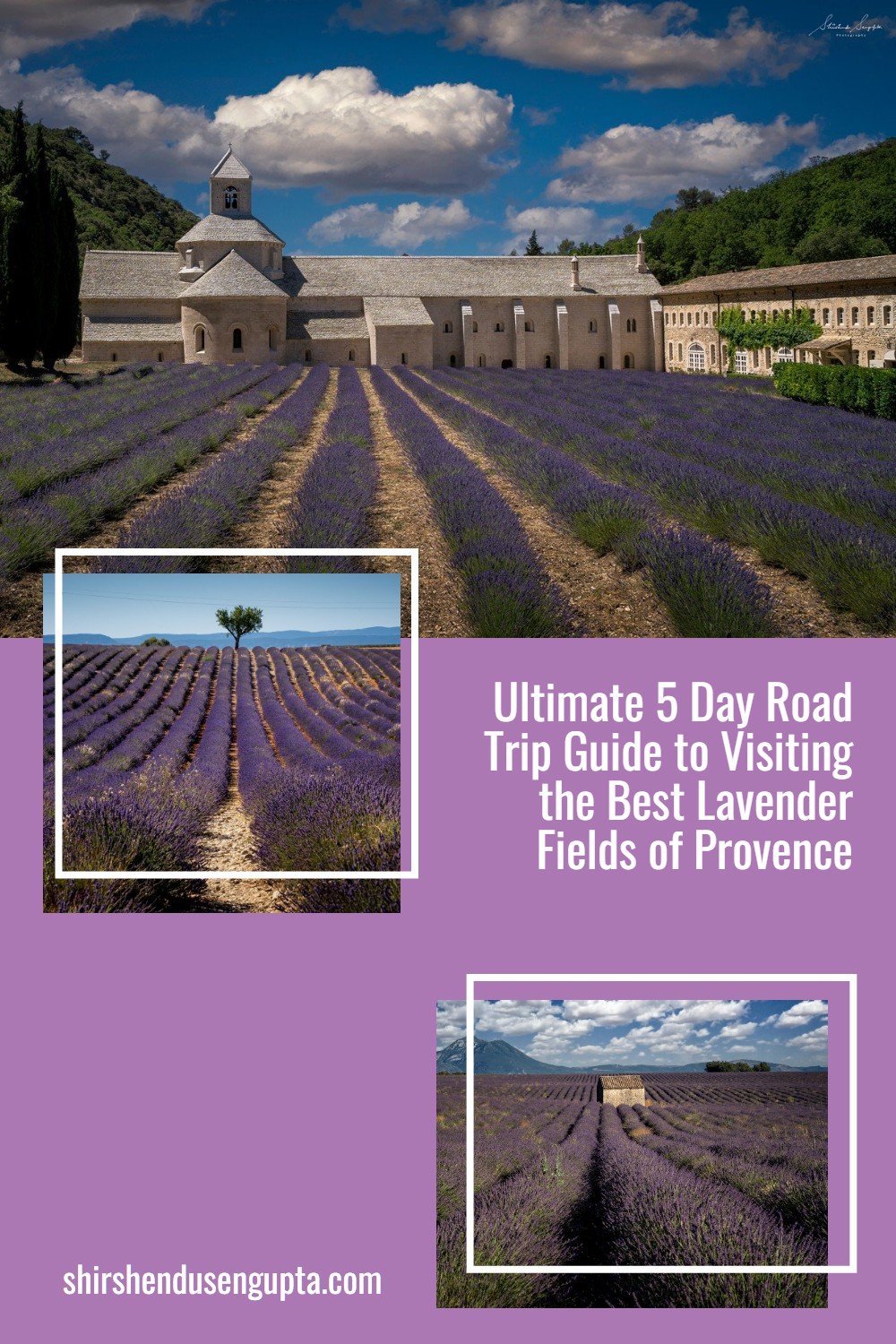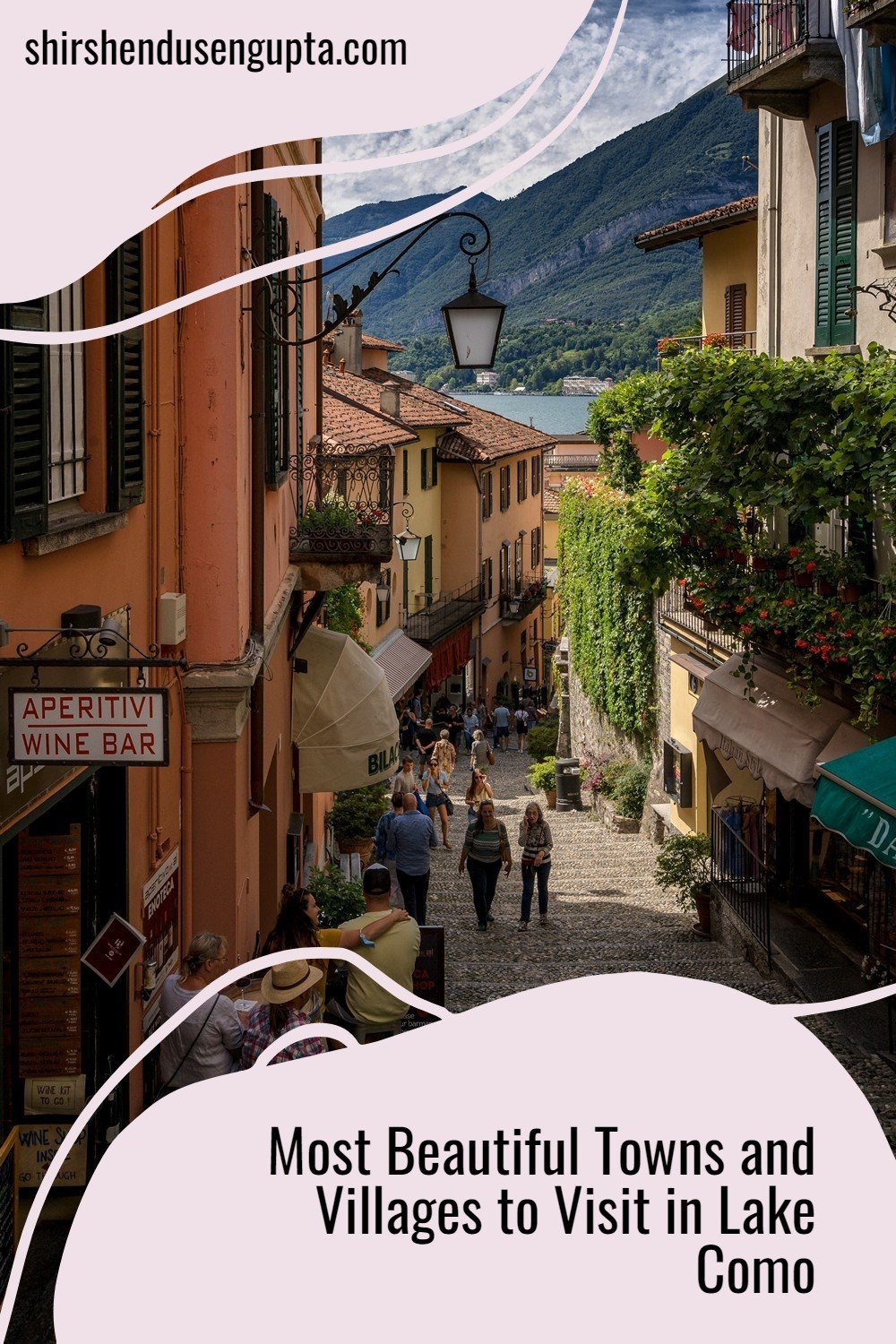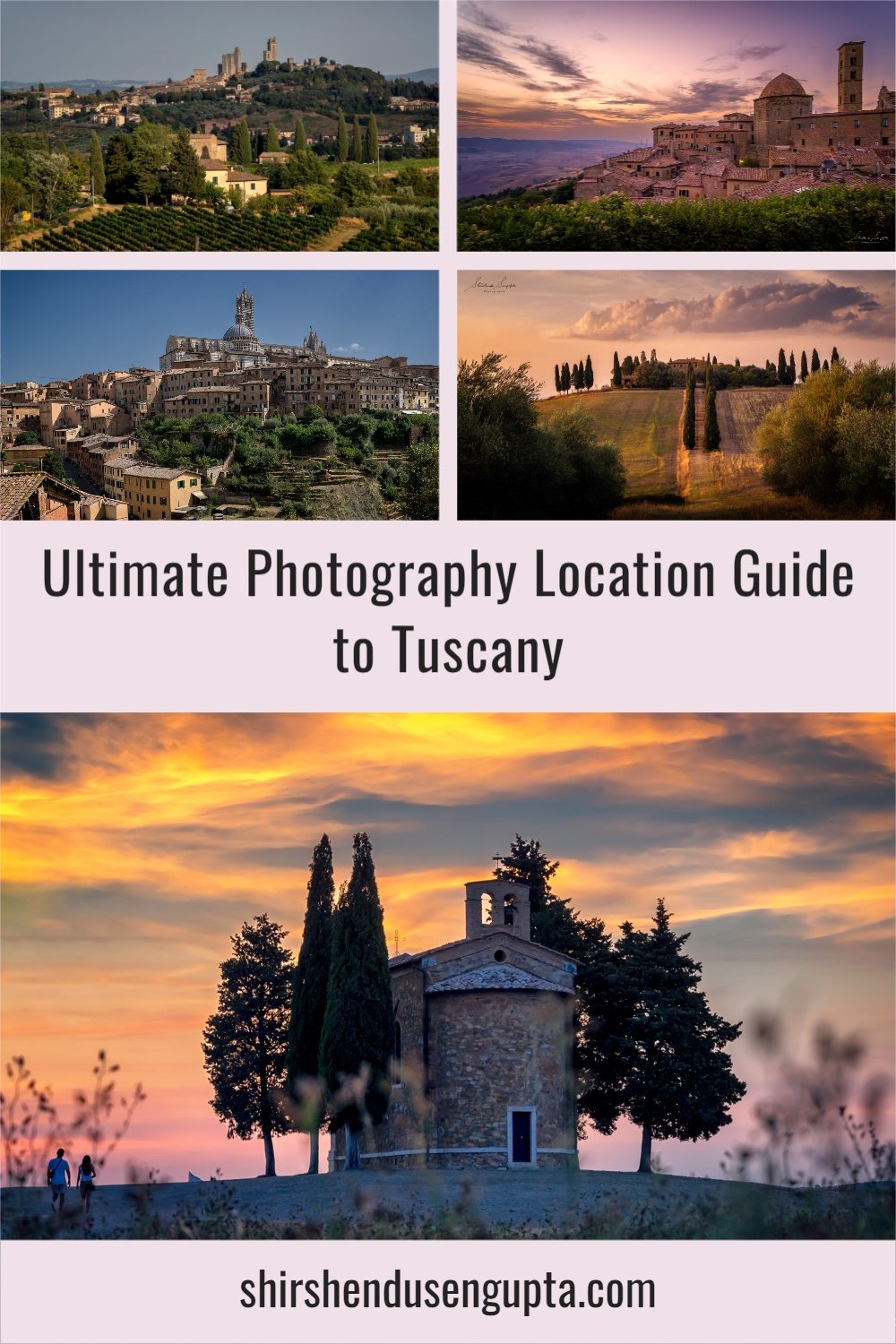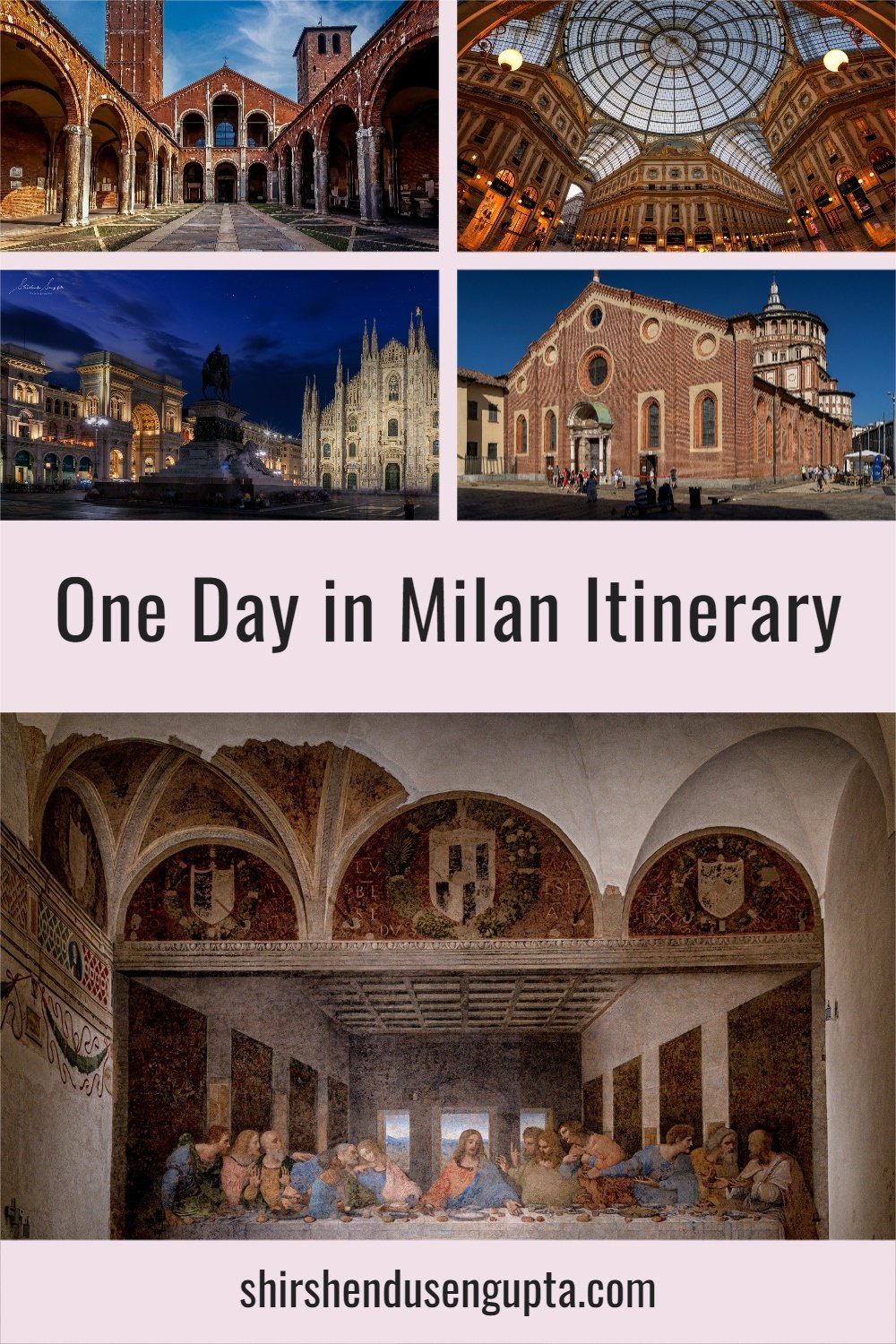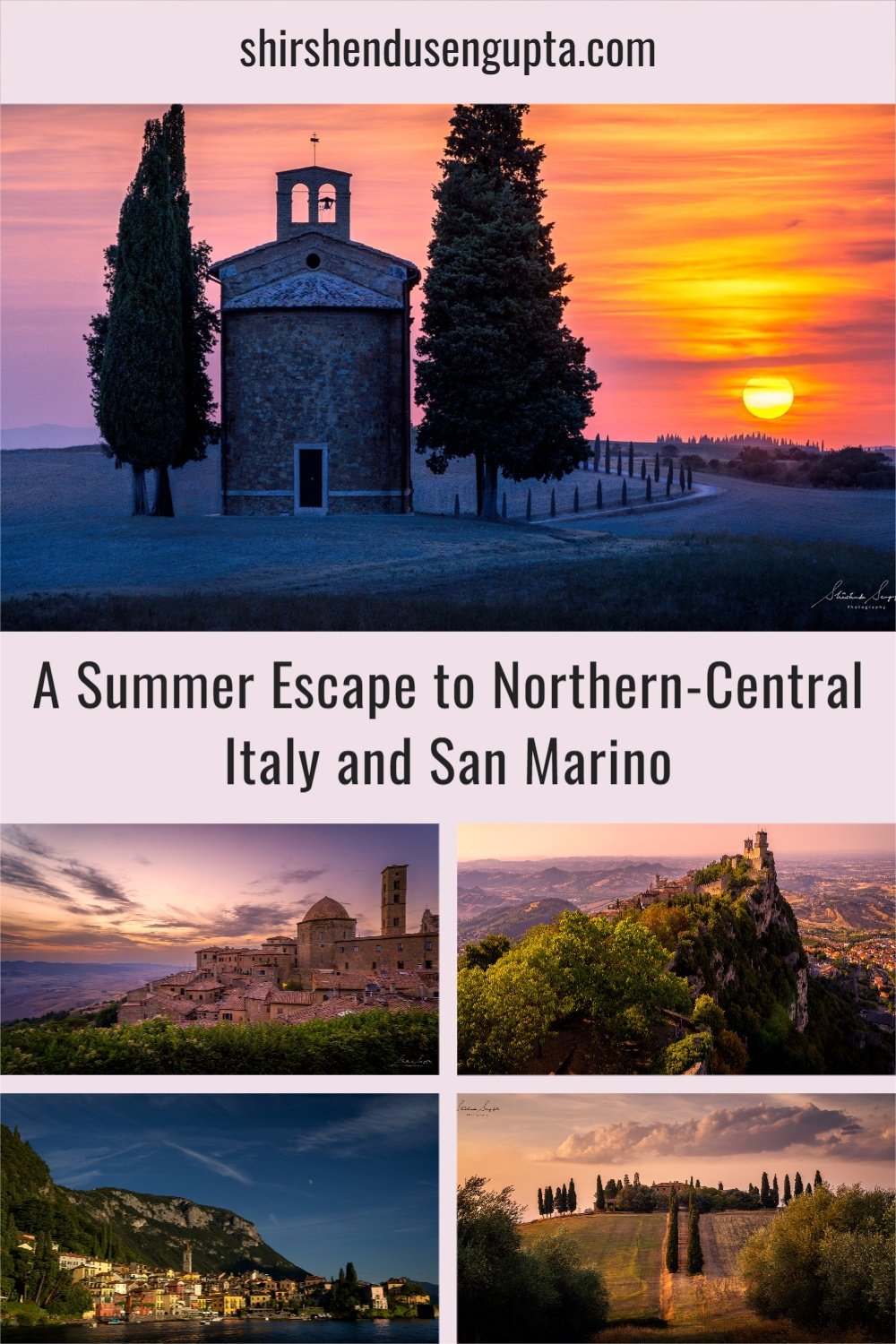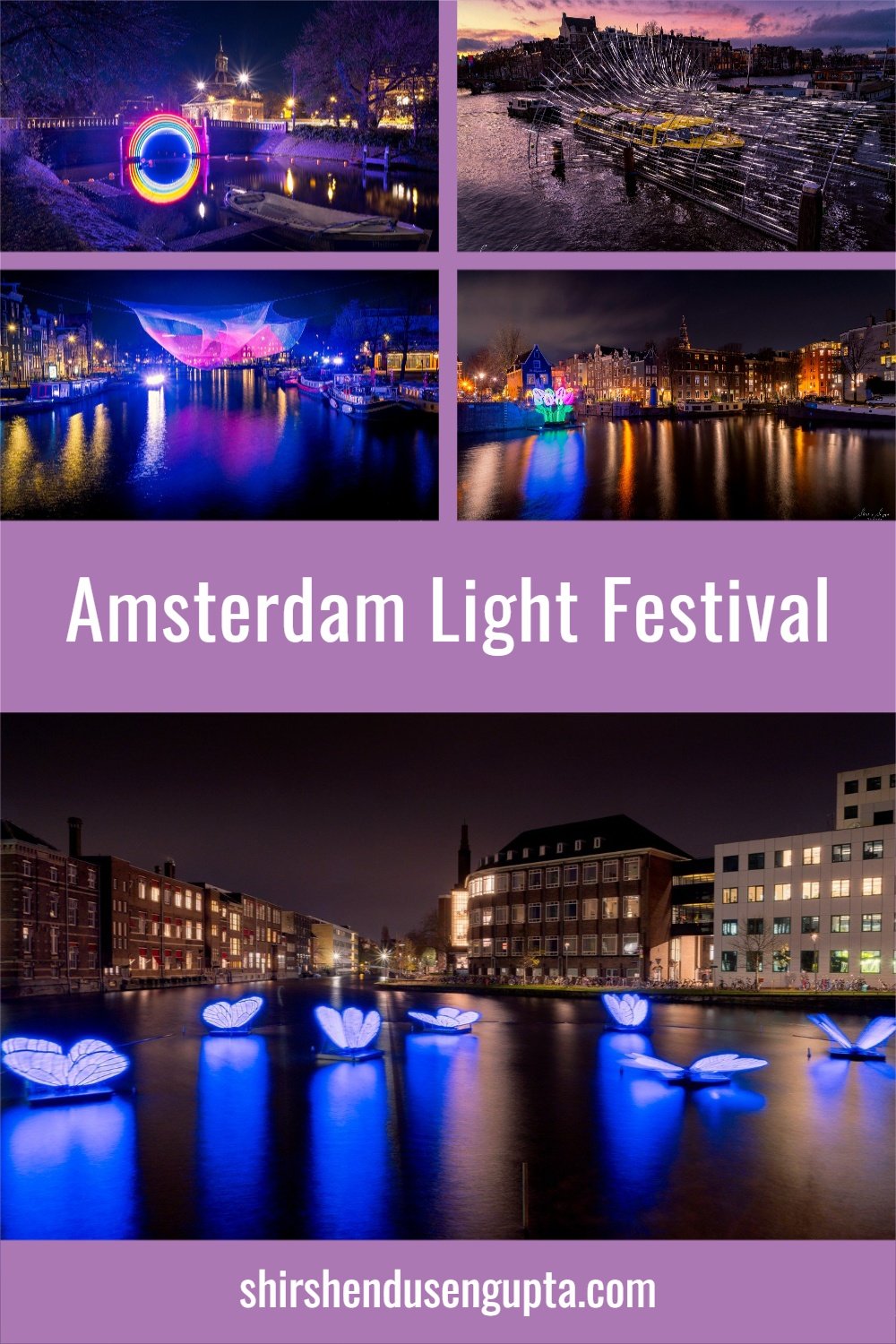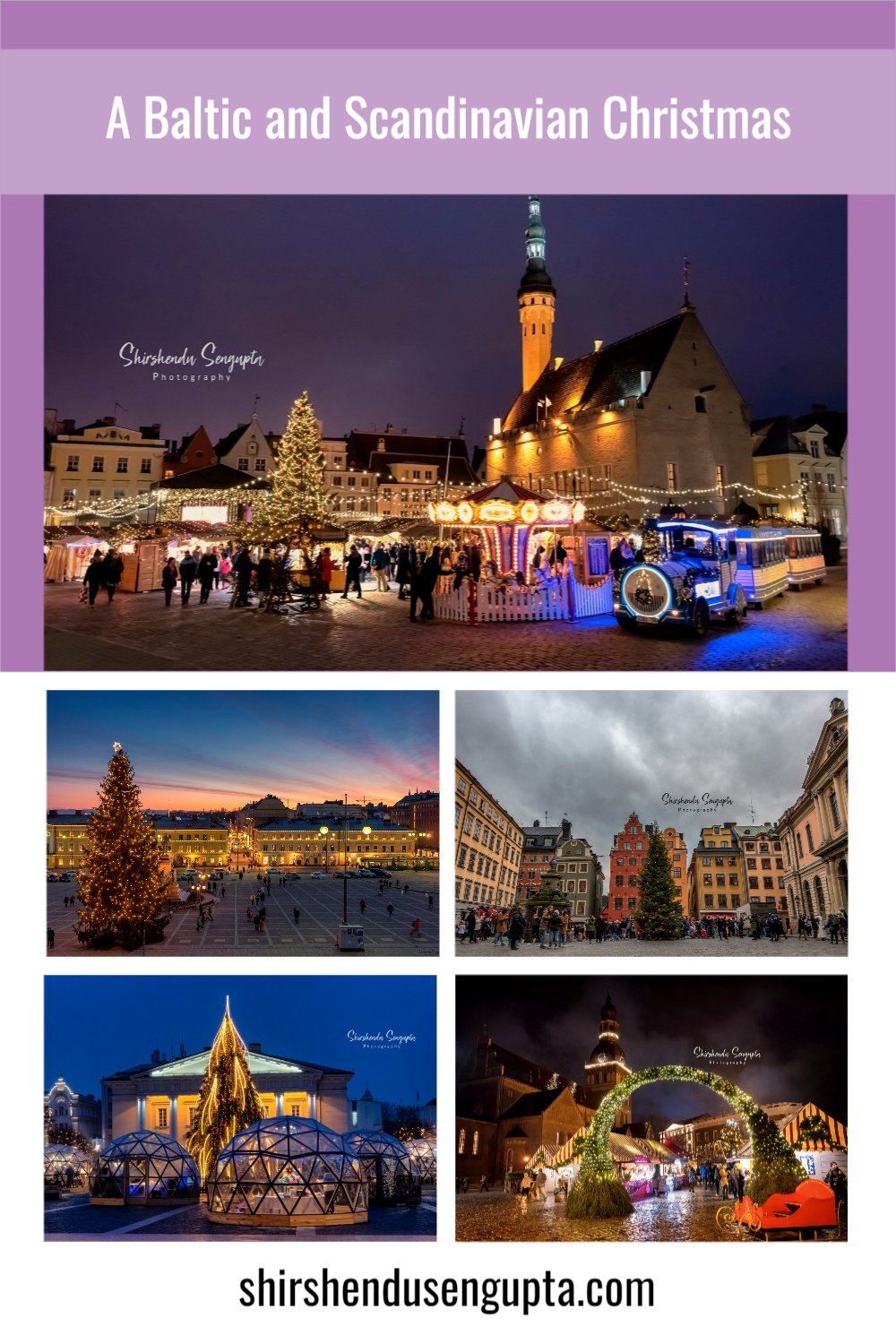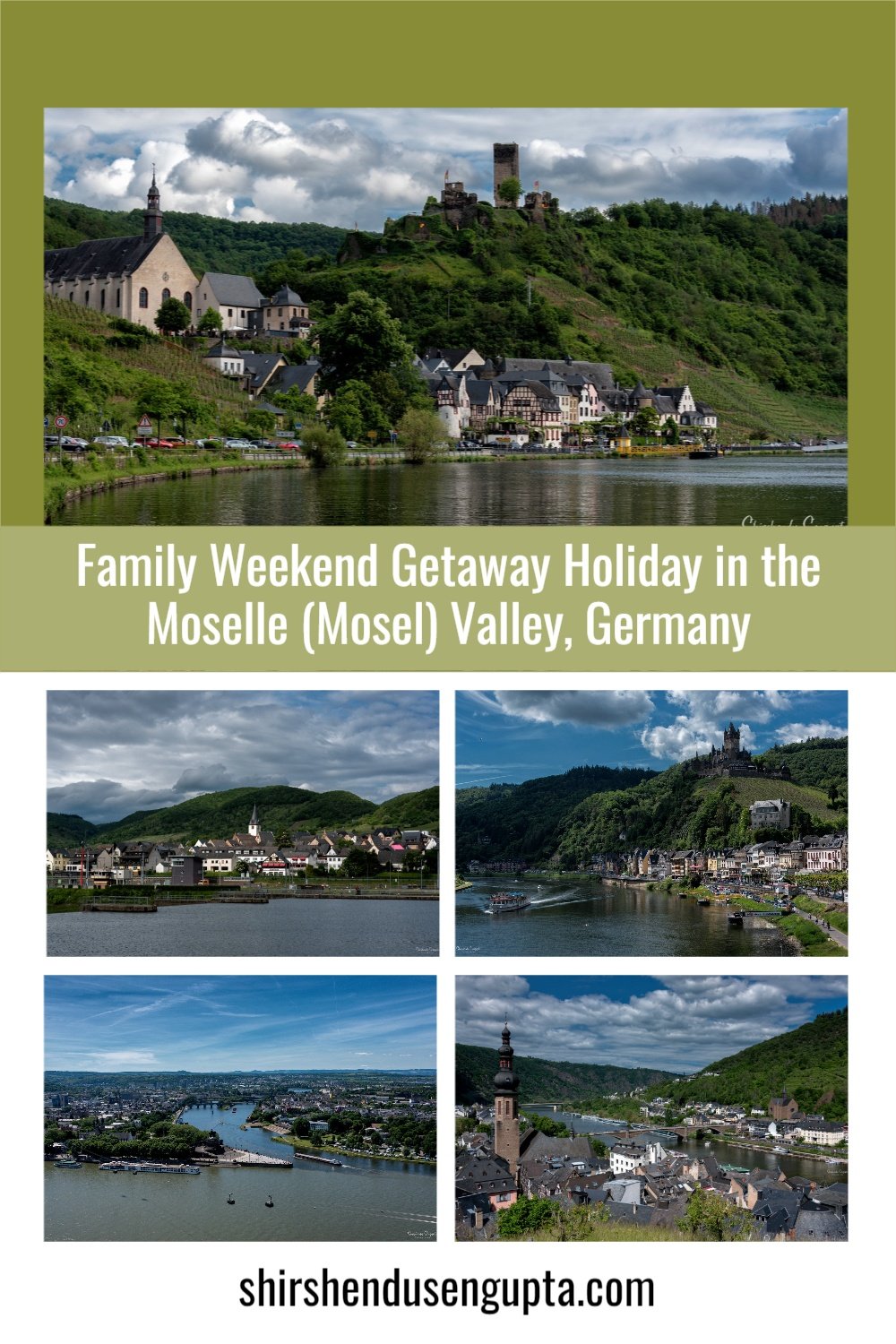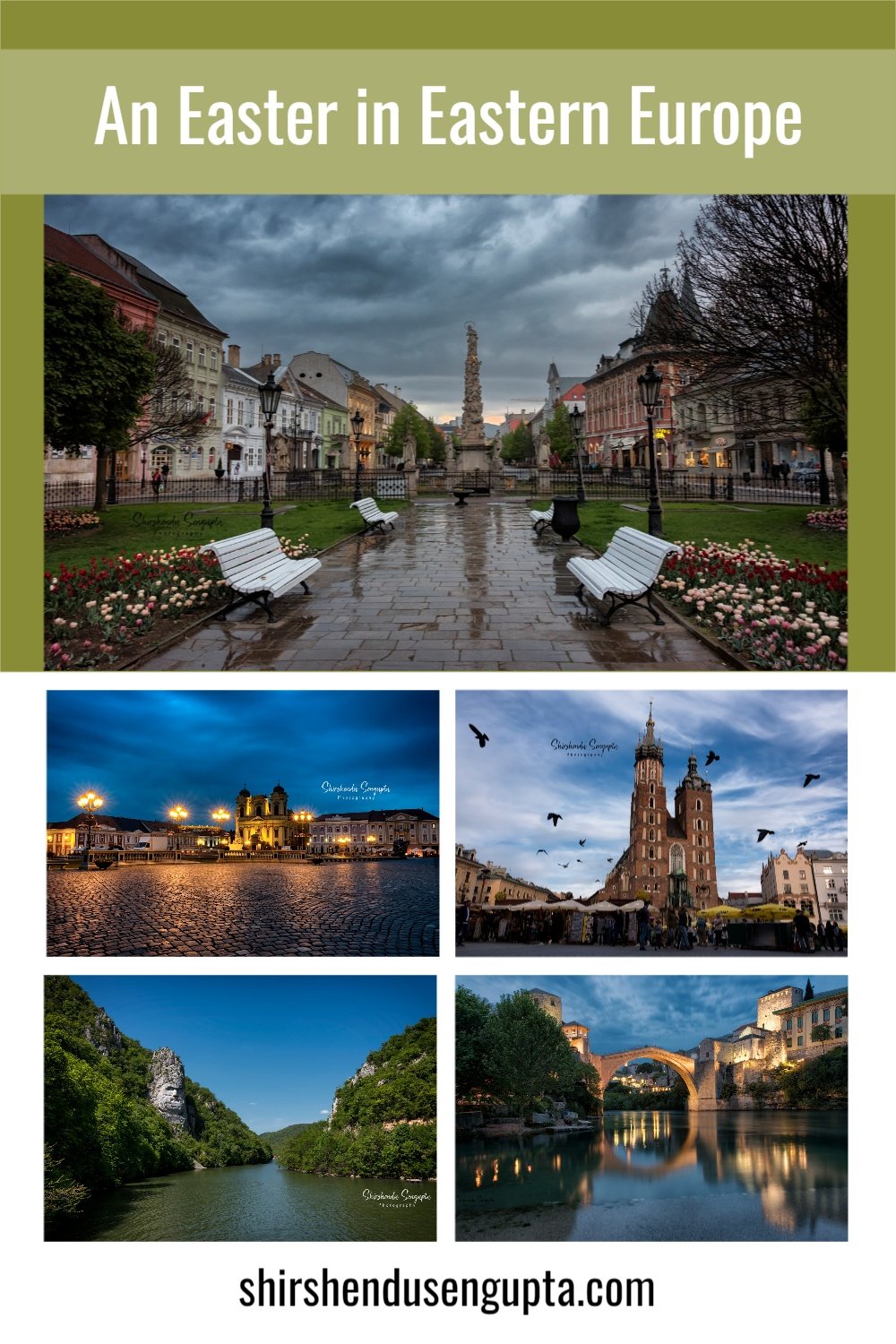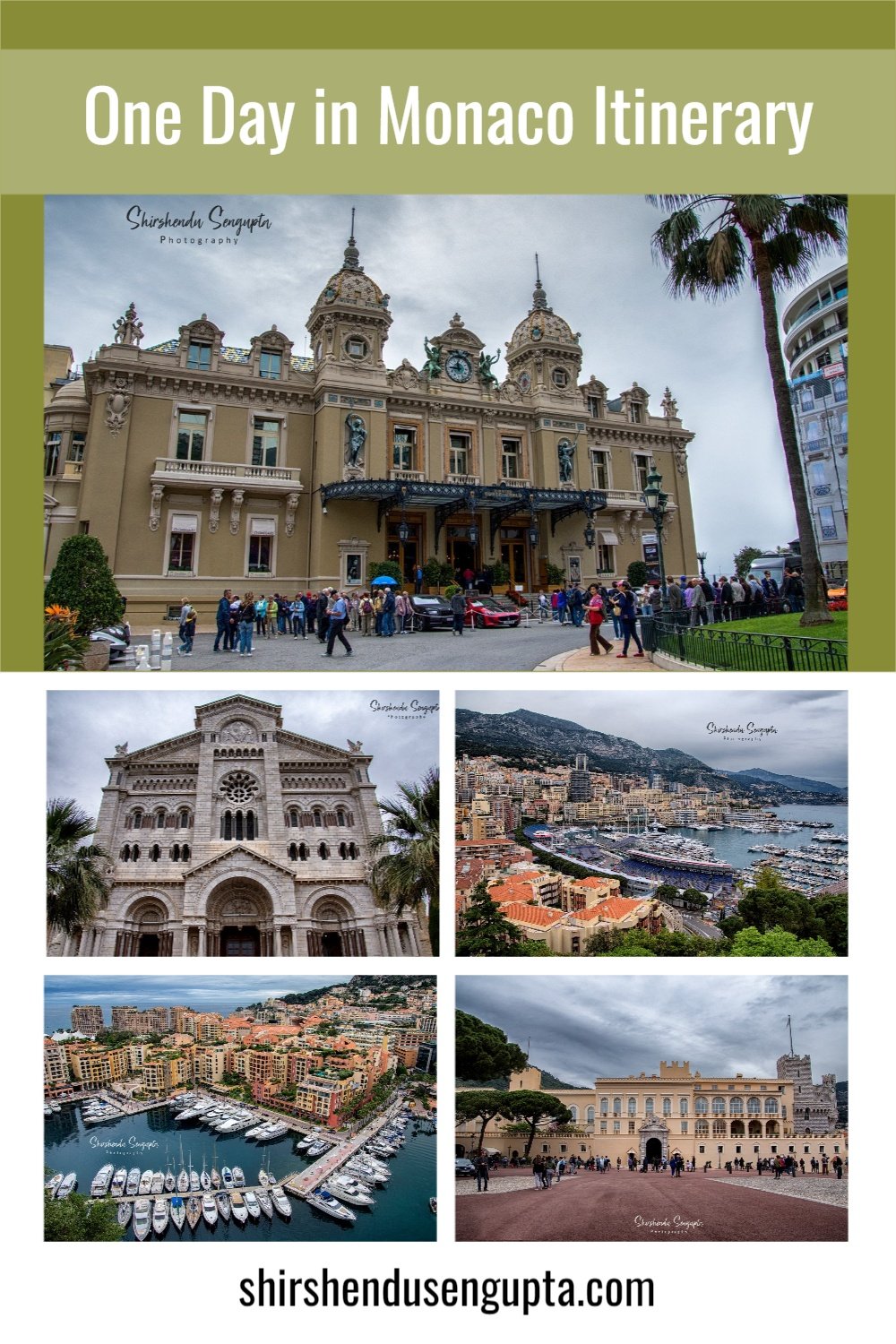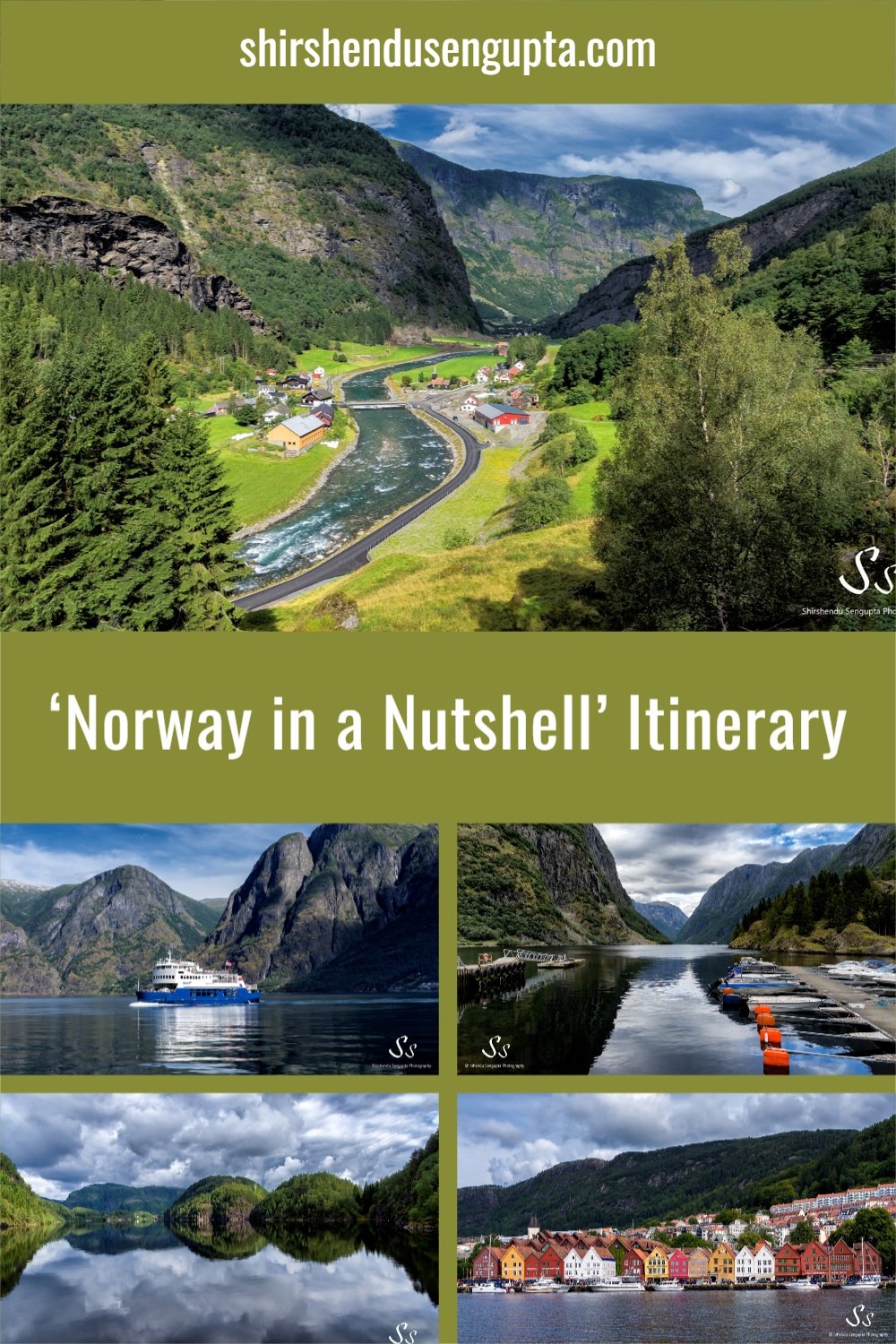Ultimate Photography Location Guide to Tuscany | Top 37 Instagram Photo Spots in Tuscany | 37 Best Places to Visit in Tuscany, Italy
Prologue
During a sun-soaked summer, we set off on a marathon road run, A Summer Escape to Northern-Central Italy and San Marino | A 6000 km Road Trip across Milan, Tuscany, Florence, Pisa, San Marino, and Como from the Netherlands | Travel Itinerary, Tips, and Tricks. From bustling city streets of Milan to charming Tuscan villages, historic Florence, iconic Pisa, the tiny republic of San Marino, and the picturesque towns along Lake Como, every stop offered new adventures, stunning landscapes, and unforgettable experiences. This journey holds a truly special place in our hearts, filled with moments that captured the joy of exploration and the magic of summer travel. So, based on our experience, today I’m going to take you along with me on a ride across the top 37 Instagram photo spots in Tuscany. Let the journey begin!
Welcome to Tuscany
Tuscany in central Italy is not only one of the most well-known regions of the country, but it's also unquestionably one of the most picturesque travel destinations in all of Europe. A few of the attractions that make a trip to Tuscany unforgettable include the fascinating hilly landscapes, pine forests, cypress avenues, rolling hilltop vineyards, golden yellow fields, olive groves, idyllic medieval villages, an immeasurable wealth of art treasures, authentic cuisines, and locally brewed wines. In addition, it is regarded as one of the most significant Renaissance cultural landscapes, having numerous sites and attractions on the UNESCO World Heritage List. No wonder photographers from all over the world come to Tuscany to shoot the best photos of their lifetimes!
A Brief History of Tuscany
The Etruscans originally lived in the current region of Tuscany, which Rome annexed in 351 BC. Following the fall of the Roman Empire, the area that would later become known as Tuscany (Toscana in Italian) was ruled by a number of different dynasties, including the Herulians, Ostrogoths, and others, before becoming an independent political unit with its own kings. The manufacture of textiles, trade, banking, and agriculture brought wealth to the cities of Pisa, Siena, Arezzo, Pistoia, Lucca, and especially Florence during the Middle Ages. The city-states frequently fought one another in order to seize power and territory. Over time, Florence began to dominate and dwarf all other cities in the area.
During the fifteenth century, Florence was eventually ruled by an oligarchy of affluent nobles, including the powerful Medici banking family. During this period, the arts and literature experienced a time of incredible development that is known as the Renaissance or "rebirth" thanks to the support of these affluent households. After the fall of the Medici, the Austrian Dukes of Lorraine assumed control of Tuscany until 1861 when Tuscany opted to merge into a unified Kingdom of Italy. Florence served as the capital of the newly unified Kingdom of Italy from 1865 to 1871.
A Brief History of the Iconic Cypresses of Tuscany
The majestic cypress tree is so iconic and symbolic of the Tuscan landscape that it has taken the appellation "The Tuscan cypress tree," and one cannot think of Tuscany without thinking of it. This is a fairly apt moniker, but it is completely inaccurate, as the plant's true origins were very certainly in the Eastern Mediterranean basin lying between Persia, Greece, and Egypt, and it was brought to the Tuscan region thousands of years ago by the enigmatic Etruscan tribes, who believed the plant had mystical or supernatural links. It is a tree that can survive for up to 2,000 years or more, and while the other deciduous trees would lose their leaves in the winter, the cypress trees retained theirs, rendering it immortal, eternal, and supernatural in the eyes of the early tribals.
The Etruscans decided to grow the tree around their holy Necropolis (cemeteries) because of the tree's rich, fragrant essential oils, which they believed had supernatural abilities and could ward off demons and even the stench of death itself, assuring a safe journey into the hereafter. The cypress tree's fragrant wood, which is abundant in resinous essential oils and takes many years to disintegrate, makes it the perfect material for coffins and sarcophagi. In fact, the aroma of the wood is so potent that it was used to surround homes, churches, and cemeteries in Tuscany because people thought it "freshened" the air. This created the iconic "Tuscan landscape" that we now associate with the region.
According to the Bible, cypress wood, which was dense and resinous, along with pine and cedar, was used to construct Noah's ark and even the cross of Christ. Therefore, even in a Judaic context first and in a Christian one later on, the cypress along with the cedar tree was considered a symbol of eternity. Cypress is also often regarded as the emblem of immortality, as a representation of life after death. Its absolute verticality represents the soul's upward progress toward the Celestial Kingdom. That’s why as per the Biblical tradition, according to which the tree of life is in the midst of Celestial Jerusalem, the monks have to plant a cypress or a cedar tree in the middle of their cloister to remind them of the image of the Celestial Kingdom, whose brightness is "equal to a gem of crystalline jasper."
How to Explore Tuscany
The best way to plan a comprehensive Tuscan exploration is to divide the whole Tuscan region into 4 parts - Northern, Southern, Central, and Western Tuscany, and then explore each of them by car from a central base location. I know many people who stay in different hotels across the Tuscan region to cover the different parts. But if you choose a base location diligently that is central to the Tuscan region, trust me, you can cover the length and breadth of Tuscany by car just from one location. And for that, the best area is either Florence or Siena. I recommend Florence if you have never been to Florence before as there’s plenty to see in Florence. But if you have been to Florence before (like us), I would recommend you to base yourself in Siena since it is more central to the different hilltop Tuscan villages and accommodation is much cheaper than that in Florence.
The Itineraries
Southern Tuscany Itinerary
The best area to start your Tuscan exploration is the Southern Tuscan region. Spend time amidst the hairpin serpentine roads of the UNESCO World Heritage Tuscan valley of Val d'Orcia while exploring several Tuscan towns namely Montepulciano, Pienza, Montichhielo, and Montalcino along the way. Winding avenues leading to the Tuscan farmhouses, cypress groves, the UNESCO World Heritage Chapel Vitaleta which’s one of the most photographed churches in the world, and the House of Maximus from the Hollywood movie Gladiator, are sure to etch an image of the Tuscan valleys in your hearts forever!
1. Crete Senesi (Clay Hills of Siena)
Start your journey from the ‘Crete Senesi (Clay Hills of Siena),’ an expansive rugged region made of clay, immediately to the south of Siena. Known as ‘Mattaione,’ the distinctive clay of this region is made up of sediments from the Pliocene sea, which covered the region between 2.5 and 4.5 million years ago. It consists of barren and gently undulating hills, solitary oaks and cypresses, isolated farms at the top of the mounds, stretches of woods, and ponds of rainwater (commonly referred to as ‘Fontoni,’ literally "Big springs") in the valleys situated among villages and includes the commune of Asciano, Buonconvento, Monteroni d'Arbia, Rapolano Terme and San Giovanni d'Asso, all within the province of Siena.
Viewpoint: From ‘Crete Senesi Asciano’ viewpoint you can get a panoramic shot of the region of ‘Crete Senesi’. And if you choose to take a leisurely stroll around the region, you may discover some interesting Tuscan flora that grows typically on the clay soil.
Address: Str. di Leonina, 2, 53041 Asciano SI, Italy
GPS Coordinates: 43.28751° N, 11.45194° E
2. Agriturismo Baccoleno (Farmhouse Baccoleno)
The charmingly renovated and family-friendly ‘Agriturismo Baccoleno (Farmhouse Baccoleno)’ is a holiday farm with a pool that is close to Siena-Asciano in a picturesque panoramic location. Each room boasts stunning views of the Tuscan countryside.
Viewpoint: From ‘Crete Senesi Vista’ viewpoint you can get a classic shot of the curved, cypress-lined avenue that belongs to Agriturismo Baccoleno.
Address: Strada Provinciale del Pecorile, 53041 Asciano SI, Italy
GPS Coordinates: 43.20080° N, 11.59044° E
3. Montepulciano
Perched high above a hill in southern Tuscany, Montepulciano is a historic village of exceptional beauty. The city offers expansive views of the magnificent Val d'Orcia and Val di Chiana valleys that surround it, as well as an abundance of gorgeous Renaissance palaces, historic churches, charming squares, and secret corners. Known for its distinctive red wine of the same name, Montepulciano has drawn considerable attention following the filming of the vampire saga Twilight sequel New Moon.
Viewpoint: On the way to climbing the hilltop, you can get a view of the city from the following location.
Address: Via Portella della Ginestra, 6, 53045 Montepulciano SI, Italy
GPS Coordinates: 43.09734° N, 11.78488° E
4. Sanctuary of the Madonna di San Biagio
The Church or Sanctuary of the Madonna di San Biagio is situated at the foot of Montepulciano's hill along a cypress tree-lined lane. A masterpiece of the sixteenth century, this church was erected by Antonio da Sangallo the Elder between 1518 and 1545. The founding of the church of San Biagio is attributed to a miraculous occurrence that happened on April 23, 1518, when two women and a shepherd passed in front of a fresco that featured Madonna with the Child in her lap and St. Francis, and they noticed that the Virgin's eyes seemed to be moving as if she were alive.
Address: Via di S. Biagio, 20, 53045 San Biagio SI, Italy
GPS Coordinates: 43.09194° N, 11.77495° E
5. Pienza
Pienza is a small village in southern Tuscany in the lovely Val d'Orcia valley, nestled between the towns of Montepulciano and Montalcino. If you only want to see one village in Southern Tuscany our advice would be to visit this one. It is undoubtedly one of the most picturesque and serene towns in the Val d'Orcia.
Viewpoint: All of Pienza’s primary attractions are concentrated in and around Piazza Pio II, the city's central square - the impressive Santa Maria Assunta cathedral, with its white Renaissance facade and the Palazzo Comunale, the town hall, with its prominent tower.
Address: Piazza Pio II, 53026 Pienza SI, Italy
GPS Coordinates: 43.07653° N, 11.67890° E
6. Cipressi di Monticchiello (Cypresses of Montichhielo)
Despite being adjacent to well-known neighbors like Pienza and Montepulciano, Monticchiello, a modest medieval village in the Val d'Orcia, is less frequently included on itineraries for Tuscany. This is presumably due to the fact that it is more remote than the other towns, accessible only by car via a winding cypress-lined road (Strada Provinciale 88) between Estate 'La Foce' and Monticchiello. This tiny village served as a crossroads for nearby centers and settlements during the Etruscan and Roman eras. The remnants of the medieval fortifications in Monticchiello starkly contrast the Renaissance architecture of the nearby Pienza. A stronghold for the Republic of Siena's defense system, the village's fortified walls and tower perched on the hill are reminders of its turbulent past.
Viewpoint 1: You can get the best view of the winding cypress-lined road (Strada Provinciale 88) connecting Montichhielo and the Estate ‘La Foce’ from the ‘Punto Panoramico Cipreces en Zigzag’ viewpoint on the Montichhielo side looking towards the Estate ‘La Foce.’
Address: Punto Panoramico Cipreces en Zigzag, 53026 Pienza, Province of Siena, Italy
GPS Coordinates: 43.06195° N, 11.72282° E
Viewpoint 2: Alternatively, you can also choose to shoot the reverse perspective of the winding cypress-lined road (Strada Provinciale 88) by driving from Montichhielo across the very same road to reach the parking of the Restaurant ‘Dopolavoro La Foce’ next to the Estate ‘La Foce’ on the ‘La Foce’ side. If you are there I would also recommend you to spend some time in the ‘La Foce’ villa and the gardens designed by the English architect Cecil Pinsent for the renowned Irish-American author Iris Origo and her Italian husband Marchese Antonio Origo who lived in the estate in 1924. The gardens of ‘La Foce’ are regarded as the pinnacle of 20th-century architecture's fusion of Italian and English traditions and style with the natural surroundings.
Address: SP40, 90, 53026 La Foce SI, Italy
GPS Coordinates: 43.02837° N, 11.77494° E
7. Chapel Vitaleta
Tuscany and Italy's most iconic photographs feature the UNESCO World Heritage Chapel Vitaleta, perched atop a hill in Val d'Orcia between the towns of Pienza and San Quirico d'Orcia. Because of how well its pale hues contrast with the undulating hills, cypress trees, and olive groves of the Val d'Orcia region, it is one of the most photographed places in all of Tuscany and one of the most photographed churches in the world. It is one of the most ideal locations for a romantic day excursion, possibly with a picnic in one of the nearby fields.
According to legend, in the 16th century, Mother Mary appeared to a shepherdess right where the church now stands and advised her to invite the residents of San Quirico to a Florentine studio where they would find the statue that would be displayed in the church of Vitaleta. Thanks to the offerings of the people, the devout citizens of San Quirico were able to purchase a stunning Madonna made of glazed pottery by Andrea della Robbia from the studio of the della Robbia family, a famous family of Florentine artists. And to honor the white sculpture, a church was constructed in Vitaleta, on the boundary of San Quirico and Pienza, between the end of the 16th and the beginning of the 17th century.
Every time there was a famine, plague, or earthquake, the Madonna was invoked. In fact, in 1822, she was transported in procession to Siena and placed on exhibit in the cathedral there. The statue was transported to San Quirico more regularly since then until it was finally decided to move it to the Collegiate Church of San Quirico in 1861 after it was discovered that the original chapel was unfit for use, and later permanently to a convent that was renamed to the Church of Maria SS. di Vitaleta in her honor. The original church, which had been abandoned, was destroyed in the 1880s. The owner, a private resident of San Quirico, had a new church constructed and had it dedicated in 1885 by hiring renowned Sienese architect Giuseppe Partini. Since then, the devotion of the Madonna has grown to such heights that the Pope bestowed upon her the golden crown, which is given in recognition of significant miracles, somewhere in the tenth century. Since then, a festival is held in her honor on the first Sunday in September.
Address: Chapel Vitaleta, 53027 San Quirico d'Orcia SI, Italy
GPS Coordinates: 43.07088° N, 11.63437° E
8. House of Maximus (Villa Poggio Manzuoli) from the Hollywood Movie Gladiator
Villa Poggio Manzuoli is a fifteenth-century Renaissance villa near San Quirico d'Orcia. Today it is a well-functioning farm of Genna Maria Eva Borborini, a company that operates in cereals and grains. The stately but simple villa was the setting for an emotional scene of Ridley Scott's film Gladiator (2000). In this beautiful cypress grove, the son of the protagonist Maximus (played by Russell Crowe who won the ‘Best Actor’ Academy Award for the role) walked unsuspectingly anticipating the arrival of his father after years at war while Maximus is shown returning to his homeland on horseback. However as he reaches the cypress avenue leading to his house (Villa Poggio Manzuoli), he realizes that his little slice of paradise has been corrupted by the outside world and that he has arrived too late to save his family. It is a scene that will be etched in the hearts of everyone who has watched this masterpiece. However, please note that as he arrives on the dirt road to see smoking fire around his house and the charred bodies of his loved ones, that part of the scene is not shot here but at ‘Podere Terrapille (Farmhouse Terapille)’ and the dirt road is between Pieve di Corsignano (Parish of Corsignano) and Podere Terrapille.
For those who have not watched the movie, the background of the scene is that the Hispano-Roman General Maximus Decimus Meridius plans to return to his house after leading the Roman army to victory over the Germanic tribes near Vindobona on the Limes Germanicus. Maximus is informed by Emperor Marcus Aurelius that his own son, Commodus, is unsuited to be emperor and that he desires for Maximus to succeed him as regent in order to help clean up Rome. When Commodus learns of the scheme, he kills his father. Maximus declines Commodus' request for his allegiance when the general proclaims that he is the new Emperor. Guards take Maximus into custody and threaten to kill him and his family. After killing his captors, he escapes to his house in Trujillo, where he discovers the bodies of his family.
Viewpoint: Since the Villa Poggio Manzuoli, now the farm of Genna Maria Eva Borborini, is private property, you can view the cypress avenue leading to the villa from outside the gate (‘Viale di Cipressi del film Il Gladiatore’ viewpoint)
Address: Viale di Cipressi del film IL GLADIATORE, Localita' Villa, Via del Poggio, 49, 53027 San Quirico D'orcia SI, Italy
GPS Coordinates: 43.06545° N, 11.61208° E
9. Podere Belvedere (Farm Belvedere)
The ‘Podere Belvedere’ is famous as an iconic Tuscan view - an old stone farmhouse on a hilltop surrounded by cypress trees and the valley of rolling Tuscan hills, with a ring of mountains in the distance and, ideally, a layer of fog blanketing the entire landscape.
Address: 'Podere Belvedere', SP146, 6A, 53027 San Quirico d'Orcia SI, Italy
GPS Coordinates: 43.06464° N, 11.61051° E
10. Agriturismo Poggio Covili (Farmhouse Poggio Covili)
The Poggio Covili Farmhouse is lined with a magnificent row of cypress trees, probably the longest straight row of cypresses in all of Tuscany.
Viewpoint: You can get a great view of the farmhouse lined with cypresses from the main road. You can also shoot the row of cypresses as you walk up to the farmhouse through the cypress-lined avenue named Viale di Cipressi.
Address: Viale di Cipressi, SR2, 53023 Castiglione D'orcia SI, Italy
GPS Coordinates: 43.02201° N, 11.63681° E
11. Cipressi di San Quirico d'Orcia (Cypress Grove of San Quirico d'Orcia)
This small but very well-known cypress grove, which is now regarded as a symbol of the Tuscan landscape, is located not far from the town of San Quirico d'Orcia. People claim that at one point in history, when people were leaving the countryside to live in the cities, they were planted for each newborn in the surrounding village. This is what is still standing and is now protected by UNESCO.
Viewpoint: Near this spot, there are small areas on both sides of the road named ‘Parcheggio dei Cipressi (Cypress Parking)’ where you may park your car for a short time. However, sometimes it can be crowded with cars. Also, technically it is not allowed to walk up to the grove (it is barricaded). So you need to take pictures from the parking area by the side of the road. However, I've seen some people going inside to click pictures but we didn't.
Address: Parcheggio dei cipressi, SR2, Montalcino SI, Italy
GPS Coordinates: 43.06395° N, 11.55958° E
12. Montalcino
Montalcino, a picturesque hilltop village surrounded by the breathtaking Val d'Orcia Natural Park, enclosed within a full circle of fortified walls, and guarded by a mighty castle of medieval perfection, is well known for the production of two very famous wines - Rosso di Montalcino (Montalcino red) and Brunello di Montalcino.
The Rocca, or fortress, which was built in 1361 to signify Montalcino's passage under Siena's rule, dominates the historic town. Views of exquisite vineyards, ancient oak trees, picturesque olive groves, scenic country lanes running through them, and solitary cypress trees perched on hillsides can all be seen from its ramparts. Another notable landmark of Montalcino is the tall, thin clock tower that adorns the Palazzo dei Priori, the city hall, while Piazza del Popolo, the main square, sits below and has a distinctive Gothic loggia. The churches of Sant' Agostino, Sant' Egidio, and San Francesco are well worth visiting, as is the Palazzo Vescovile.
Viewpoint: You will get a glimpse of Montalcino on your approach to the town from Cipressi di San Quirico d'Orcia (Cypress Grove of San Quirico d'Orcia).
Address: Montalcino, 53024 Province of Siena, Italy
Western Tuscany Itinerary
After you have explored Southern Tuscany, its time to head towards the prominent towns in western Tuscany - San Gimignano, a tiny walled town well-known for its amazing medieval towers that soar above all the other buildings providing a stunning perspective of the city from the surrounding valley and Volterra, a hilltop town with its history dating back to fourth century BC, owing to which significant buildings and ruins from the Etruscan, Roman, and medieval periods can still be found there.
San Gimignano
The "City of Beautiful Towers" or "Town of Fine Towers," San Gimignano, once boasted 72 towers. The village now resembles a medieval dreamscape thanks to the 14 that are still standing and soaring over Tuscany's Elsa Valley. San Gimignano's foundations date back to antiquity. On the present-day site of San Gimignano, a small Etruscan hamlet existed in the third century BC. Two patrician brothers, Muzio and Silvio, escaped Rome for Valdelsa during the Catiline conspiracy against the Roman Republic in the first century when they built two castles, Mucchio and Silvia. After Bishop Geminianus, the Saint of Modena intervened to save the castle from being destroyed by Attila the Hun's forces, Silvia's name was changed to San Gimignano in 450 AD. A chapel was built in his honor as a result, and in the sixth and seventh centuries, a walled community developed around it. This community came to be known as the "Castle of San Gimignano" or "Castle of the Forest" due to the immense forest that surrounded it. The bishops of Volterra were in charge of the town starting in 929.
While you are in San Gimignano, you can visit the following places -
The Civic Museum and the panoramic views from the summit of the 177-foot Torre Grossa (Address: Palazzo Comunale, Pinacoteca, Torre Grossa, Piazza Duomo, 2, 53037 San Gimignano SI, Italy; GPS Coordinates: 43.46764° N, 11.04309° E).
The fresco-covered Collegiate Church (Address: Duomo Collegiata di Santa Maria Assunta, Piazza delle Erbe, 53037 San Gimignano SI, Italy; GPS Coordinates: 43.46778° N, 11.04264° E).
Volterra
The town of Volterra, then known by its Etruscan name Velathri, was one of the twelve principal cities that made up the Etruscan confederation. At the end of the 4th century BC, fortification walls measuring 7300 meters in length were constructed to guard against invasions not only in the city proper but also in the nearby fountains, cultivated land, and pastures. Following the Frankish and Lombard dominions, Volterra came under Roman rule, changing its name to Volaterrae (where the contemporary name originates). The town next came under Florentine rule, then the Grand Duchy of Tuscany, and at last, the Kingdom of Italy in 1860. Today, Volterra is renowned for its unusual urban design, which serves as a reminder of its Etruscan roots.
While you are in Volterra, you can visit the following places -
The magnificent protective walls constructed between the fifth and fourth centuries BC, including the well-preserved entrance gates Porta dell'Arco (Address: Porta all'Arco, Via Porta all'Arco, 56048 Volterra PI, Italy; GPS Coordinates: 43.40088° N, 10.85836° E) and Porta Diana (Address: Porta Diana, Via di Porta Diana, 30, 56048 Volterra PI, Italy; GPS Coordinates: 43.40885° N, 10.86328° E).
The Acropolis which contains a number of structures and the remains of two ancient temples (Address: Acropoli Etrusca, Viale Wunsiedel, 56048 Volterra PI, Italy; GPS Coordinates: 43.40081° N, 10.86027° E).
Roman Theater which was constructed in a location with a natural amphitheater shape at the end of the first century AD (Address: Roman Theatre, Piazza Caduti nei Lager Nazisti, 56048 Volterra PI, Italy; GPS Coordinates: 43.40372° N, 10.85994° E).
Sunset from the Punto Panoramico rising over the tiled rooftops of the city (Address: Punto Panoramico, Via Porta all'Arco, 49, 56048 Volterra PI, Italy; GPS Coordinates: 43.40093° N, 10.85901° E).
Central Tuscany Itinerary
After you have explored all of Southern and Western Tuscany and got a good flavor of the Tuscan landscape and hilltop towns, it’s time to explore one of the major historic cities of the Tuscan region which is located in Central Tuscany - Siena. As I mentioned earlier, we chose Siena as our base for exploring Tuscany as it is the central point of the Tuscan region. So we explored all of Siena on foot.
Siena
Siena is probably the most charming medieval city in all of Italy, making it a must-visit even if you only have a few days in Tuscany. Senius, the son of Remus, one of the two fabled founders of Rome, is credited with founding Siena. As a result, Siena's emblem is the she-wolf who nursed Remus and Romulus, and you can see several statues of her all over the city. The city is spread across three hills with its beating heart being the expansive central square named Piazza del Campo or simply Il Campo, which used to be the Roman forum. Twice each year, the Palio, a horse race, is run around the piazza. The James Bond film Quantum of Solace features Siena and the Palio. The nine sections of the fan-shaped brick pavement of the piazza, which was rebuilt under the control of the Council of Nine, a quasi-democratic organization that ruled from 1287 to 1355, symbolize the council and Madonna's cloak that shelters Siena.
While you are in Siena, you can visit the following places -
Palazzo Pubblico (Siena’s Town Hall that houses the Civic Museum) and its campanile or bell tower named Torre del Mangia (Tower of Mangia), both situated in Piazza del Campo (Address: Piazza del Campo, Il Campo, 53100 Siena SI, Italy; GPS Coordinates: 43.31842° N, 11.33169° E).
Beautifully designed Gothic cathedral Duomo di Siena (Siena Cathedral), adorned with sculptures by Pisano, Donatello, and Michelangelo as well as frescoes by Pinturicchio, situated in an adjacent square named Piazza del Duomo (Address: Piazza del Duomo, 53100 Siena SI, Italy; GPS Coordinates: 43.31729° N, 11.32852° E) at a walking distance of 5 minutes.
Northern Tuscany Itinerary
After visiting Siena in Central Tuscany, it’s time to explore the two highlights of Northern Tuscany - The famous Leaning Tower of Pisa and the historic city of Florence which’s known to be the cradle of the Renaissance. We had visited Pisa and Florence earlier, but my son Ricky was one year old at that point in time. So I wanted to visit these places once again to quench his thirst for history. You would need at least 3 days to spend here. So if you have made your base in Siena you may have to drive up and down every day. If you do not want to do that, then make your base in Florence itself.
Pisa
Pisa is known across the globe for its iconic clock tower more commonly known as the ‘Leaning Tower of Pisa,’ which was once a wonder of the world. Once you enter the picturesque Piazza del Duomo, the spectacular tower will capture your attention. Don't simply look at it from below; climb the tower for a once-in-a-lifetime experience that we strongly recommend you take advantage of. You will love both the fantastic climb and the breathtaking views from the top (you must purchase tickets in advance as there are entry restrictions every half hour). But please bear in mind that children under the age of eight are not allowed in the tower and the tower itself has 251 steps and no elevator. So do it if your health permits. Also, book your tickets in advance to avoid long queues under the scorching sun. After seeing the Tower of Pisa from every angle (and posing for the cliched photograph of you supporting the tower), visit the Battistero di San Giovanni (Baptistry of St. John), Duomo di Pisa (Pisa Cathedral), and Camposanto (cloistered cemetery), all located within the same Pisa Cathedral Complex.
Address: Piazza del Duomo, 56126 Pisa PI, Italy
GPS Coordinates: 43.72326° N, 10.39472° E
To know more about the best places to visit and things to do in Florence and Pisa, please read our article 17 Best Places to Visit and Things To Do in Florence and Pisa | Top 17 Must See Tourist Attractions in Florence and Pisa, Tuscany, Italy.
Florence
Tuscany is renowned for its exquisite scenery, magnificent art, architecture, and extraordinary charm. However, Florence is the only location in Tuscany where all four of these characteristics come together seamlessly to create a majestic, charming, and utterly unique city. Florence is known for the vast political and economic influence it held during the Medici dynasty and for providing a platform for world-renowned personalities like Michelangelo, Brunelleschi, Leonardo da Vinci, Dante, Galileo, Marconi, Botticelli, and Machiavelli, to name a few. But Florence's history dates back far further, to a time when it was ruled by the Romans, the Lombard tribe, and other groups, rising and falling multiple times. The architecture, art, and creativity that were introduced with each new era are still visible today in the city's streets, numerous museums, churches, monuments, and even in day-to-day activities.
While you are in Florence, you can visit the following places -
Accademia Gallery (where you need to have a prior reservation) to visit the ‘original’ David (arguably the most beautiful statue in the world) of Michelangelo (Address: Accademia Gallery, Via Ricasoli, Florence, Metropolitan City of Florence, Italy; GPS Coordinates: 43.77693° N, 11.25877° E).
Uffizi Gallery which houses the Madonna series by Raphael, Giotto, Filippo Lippi, and Botticelli (Address: Uffizi Gallery, Piazzale degli Uffizi, Florence, Metropolitan City of Florence, Italy; GPS Coordinates: 43.76798° N, 11.25535° E).
Palazzo Vecchio (the town hall of Florence that houses a museum named Museo dei Ragazzi) with a replica of Michelangelo’s David in front of it, the Neptune Fountain by Bartolomeo Ammannati, and Loggia dei Lanzi (an arched open building with statues like Perseus with the head of Medusa by Cellini, Rape of Polyxena by Pio Fedi, Rape of the Sabine Women by Giambologna, and Hercules and the Centaur Nessus by Giambologna, to name a few) all situated in Piazza della Signoria (Address: Piazza della Signoria, 50122 Firenze FI, Italy; GPS Coordinates: 43.76971° N, 11.25565° E).
The imposing Duomo (Florence Cathedral) and Battistero di San Giovanni (Baptistry of St. John) situated at the Piazza del Duomo square (Address: Piazza del Duomo, 50122 Firenze FI Italy; GPS Coordinates: 43.77360° N, 11.25655° E).
Basilica di Santa Croce where all great sons of Florence like Michelangelo, Galileo, Guglielmo Marconi, Ugo Foscolo, Rossini, Machiavelli, Niccolini, and Capponi are laid to rest. It also houses the funerary monument of Dante since his body was not allowed to be brought back to Florence (Address: Basilica di Santa Croce di Firenze, Piazza di Santa Croce, Florence, Metropolitan City of Florence, Italy; GPS Coordinates: 43.76873° N, 11.26222° E).
The famous bridge with shops named Ponte Vecchio situated on the Arno river (Address: Ponte Vecchio, Florence, Metropolitan City of Florence, Italy; GPS Coordinates: 43.76807° N, 11.25310° E).
Sunset with the enormous Duomo (Florence cathedral), the Ponte Vecchio bridge, the Boboli Gardens, and the Arno river in frame from the panoramic viewpoint of the Piazzale Michelangelo square which overlooks the skyline of Florence and holds another bronze replica of Michelangelo’s David (Address: Piazzale Michelangelo, Florence, Metropolitan City of Florence, Italy; GPS Coordinates: 43.76306° N, 11.26503° E).
To know more about the best places to visit and things to do in Florence and Pisa, please read our article 17 Best Places to Visit and Things To Do in Florence and Pisa | Top 17 Must See Tourist Attractions in Florence and Pisa, Tuscany, Italy.
Visiting Tuscany
Best Time to Visit: The best time to visit Tuscany is during spring (April to June) and early fall (September to October). These months offer mild, pleasant weather, vibrant landscapes, and fewer crowds than the peak summer season. Spring is ideal for wildflowers and green hills, while fall is perfect for harvest season and autumn colors in the vineyards. However, like us, if you can travel only during the school holidays you can choose to travel to Tuscany in the summer (July to August) but it can be very hot and overcrowded.
Number of Days to Stay:
Plan to spend 5 to 7 days to fully experience Tuscany. This allows you to enjoy a mix of art, history, and culinary delights in cities like Florence, Siena, and Pisa, as well as the charming villages, vineyards, and rolling hills of the countryside.
Best Place to Stay:
I know many people who stay in different hotels across the Tuscan region to cover the different parts. But if you choose a base location diligently that is central to the Tuscan region, trust me, you can cover the length and breadth of Tuscany by car just from one location. And for that, the best area is either Florence or Siena. I recommend Florence which is great for art, history, and easy access to other towns via train. But if you have been to Florence before like us, I would recommend you to base yourself in Siena since it is more central to the different hilltop Tuscan villages and accommodation is much cheaper than that in Florence.
Best Way to Arrive:
The best gateway to Tuscany is via Florence’s Amerigo Vespucci Airport, which has connections to major European hubs. Alternatively, Pisa International Airport is a nearby option. Bologna Airport is another option, about 1.5 hours from Florence by train. Trains from major Italian cities, such as Rome, Milan, or Venice, also arrive at Florence’s train station Firenze Santa Maria Novella. Renting a car is essential if you want to explore rural areas, wineries, and hilltop villages. We drove to Tuscany from the Netherlands in our own car.
Best Local Mode of Conveyance:
Walking is the best way to explore the historic centers of the Tuscan towns and villages. Public buses are available for longer distances. Avoid driving in city centers due to ZTL (restricted traffic zones). Renting a car is highly recommended for exploring remote villages, vineyards, and scenic routes. Finally, Tuscany's rolling hills make it a favorite for cyclists, especially in Chianti and Val d’Orcia.
Epilogue
So that brings us to the end of our journey across the top 37 Instagram photo spots in Tuscany. Please let us know in the comments below if you enjoyed reading this article.
And if you want to read the day-by-day account of our 6000 km road run across Northern-Central Italy during summer, please visit our article A Summer Escape to Northern-Central Italy and San Marino | A 6000 km Road Trip across Milan, Tuscany, Florence, Pisa, San Marino, and Como from the Netherlands | Travel Itinerary, Tips, and Tricks. Until then, merry traveling and happy shooting!
Pin the article
Bookmark the article for reading later!
Want to license/buy photos in the article?
License photos for commercial/editorial use or buy photo prints!
Want us to write an article for you?
Articles for magazines, newspapers, and websites!
Watch our Videos
Check out our videos on our Youtube Channel!
Join the Newsletter
Get updates on our latest articles!
We respect your privacy. Read our policy here.



